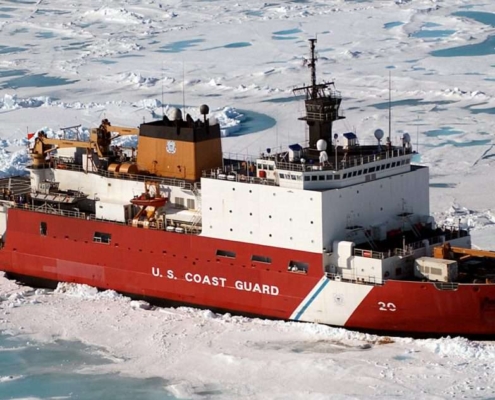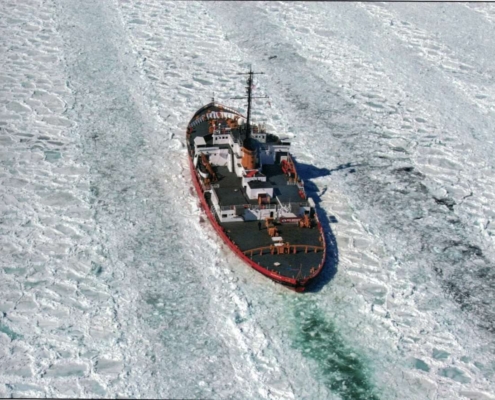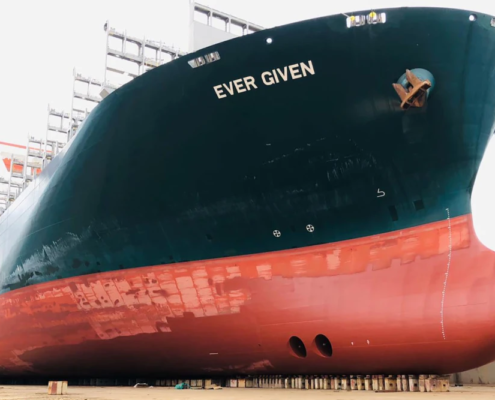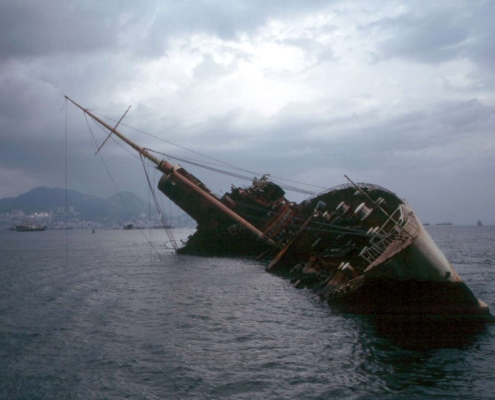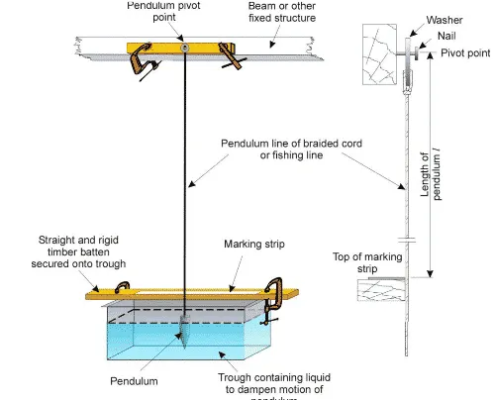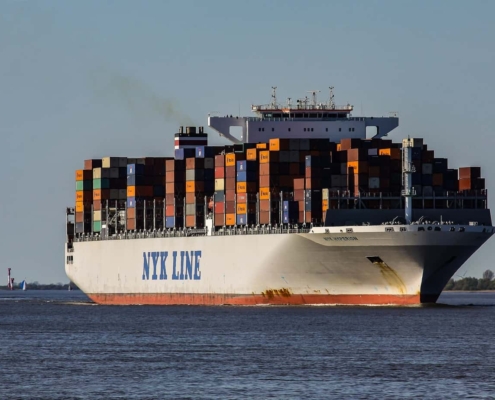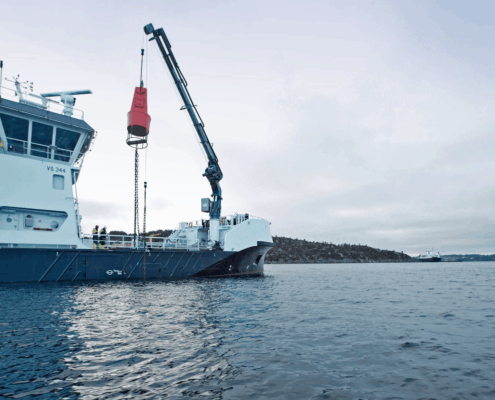As mentioned before, modern computers do not have the power to fully calculate turbulence. It encompasses too much detail, transitioning down to scales of millimeters and time periods of milliseconds. If we tried to capture that level of detail in the scope of industrial fluid flow, the computer would never complete the simulation.
Instead, we developed an approximation: Reynolds Averaged Navier Stokes (RANS). In the RANS approach, the velocity gets separated into two components. (Equation 1) the first component, U, is the steady velocity. The second component, u’, represents the fluctuating turbulent velocity. With u’, we don’t worry about every single fluctuation. Instead, we only consider the average effect. This average effect gets approximated with empirical models, vastly simplifying the detail required. The RANS approach made turbulence modeling achievable.
The practical implementation of the RANS turbulence scheme depends on the actual turbulence model. The CFD program solves for the steady velocity U. We supplement this with empirical models to calculate the averaged effect of the turbulent fluctuation. Several different groups developed empirical models to calculate appropriate predictions.



